Peer Support

Types of Peer Support
Peer support comes in many forms. In addition to group support meetings and individual support. Phone peer support is also available and the Phoenix Society offers an online peer support chat every Wednesday evening.
Click Here to Learn More!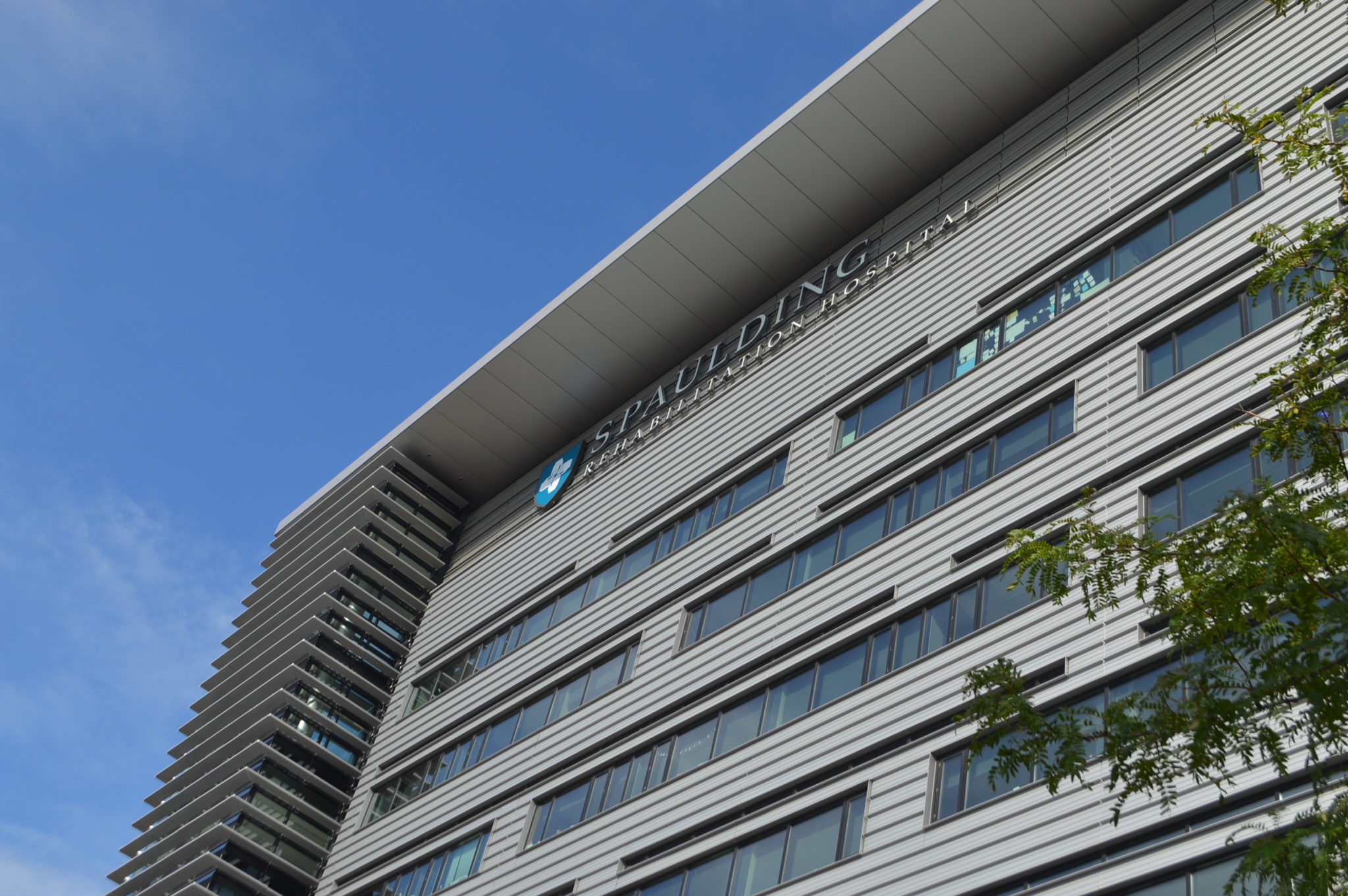
Monthly Support at Spaulding Rehabilitation Hospital
Meetings are currently held virtually on the 2nd Tuesday of every month at 6pm.
Find out how to join us on Zoom at the link below!
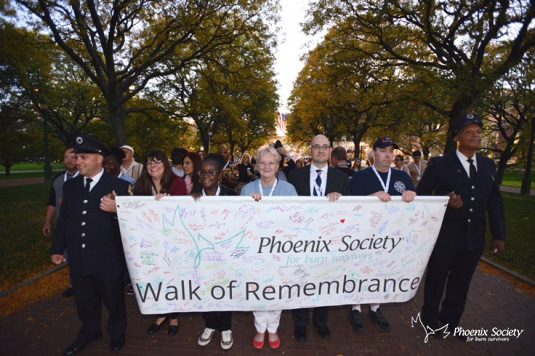
World Burn Congress
Phoenix World Burn Congress (WBC) is an annual, international conference that brings together over 900 burn survivors, their families, caregivers, burn care professionals, and firefighters. People come together to offer support, increase their knowledge of burn recovery, and share inspiring stories.
Learn More About WBC Here!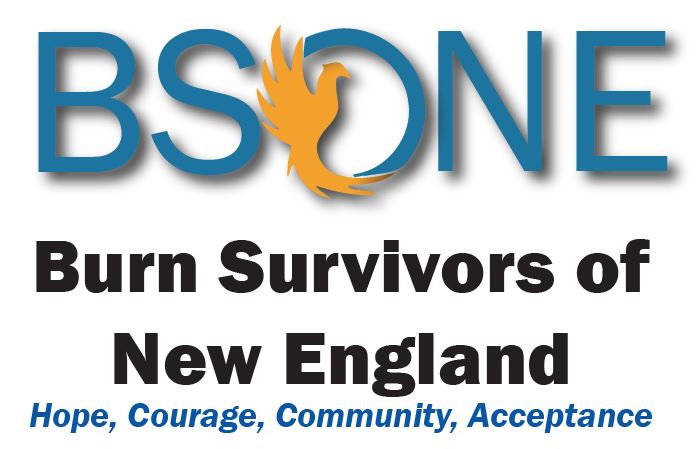
Burn Survivors of New England (BSONE)
The BSONE is a nonprofit organization that supports and empowers burn survivors and their families as they build active and engaged lives. Their efforts focus on bringing peer support to burn survivors and their families and they hold several annual events to help bring the burn survivor community together.
BSONE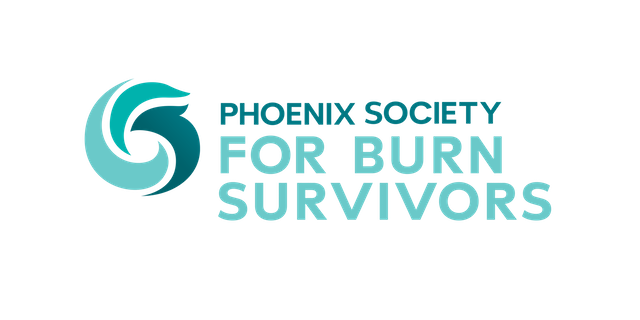
Phoenix Society For Burn Survivors
The Phoenix Society for Burn Survivors is the leading national nonprofit organization dedicated to empowering anyone affected by a burn injury. Through Phoenix SOAR (Survivors Offering Assistance in Recovery), World Burn Congress, Phoenix Education Grant, online peer support, and resource library, the Phoenix Society for Burn Survivors works to help burn survivors throughout their recovery process.
PHOENIX SOCIETYBOSTON AREA PEER SUPPORTERS
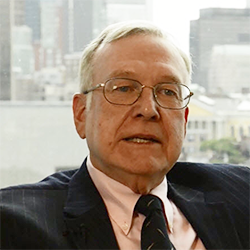
Kevin Fitzgerald -
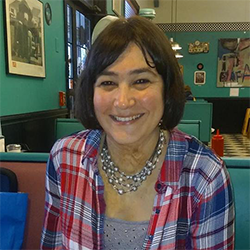
Karen Labonte -
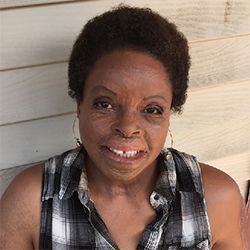
Mylene Larsen -
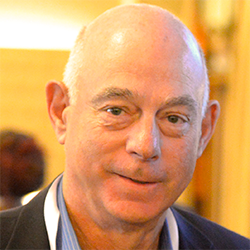
George Pessotti -

Jerry Laperriere -
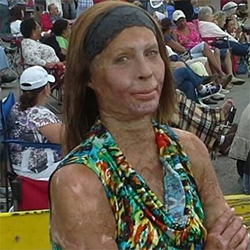
Diana Tenney -
FACTSHEETS FOR ADULTS
- Understanding a Burn Injury
- This fact sheet offers important details about burn injuries to burn patients who are admitted to hospitals. This content may also be helpful to the family members and friends of burn patients.
- Post-Traumatic Stress Disorder (PTSD) After Burn Injury
- Post-traumatic stress disorder (PTSD) after burn injury and common symptoms may occur after burn injury. Learn more about the symptoms and some treatment options for PTSD.
- Sleep Problems After Burn Injury
- Sleep problems are especially common right after burn injury and during the healing and recovery stages. Insomnia can come and go over the years and may require different solutions at different times. Everyone has a different experience after burn injury, and some of the following information may not apply to you.
- Psychological Distress
- The purpose of this fact sheet is to describe some of the emotional recovery challenges that patients may face after sustaining a major burn injury.
- Understanding and Improving Body Image after Burn Injury
- Major burn injuries can change how the body looks and functions and lead to body image distress. Body image is defined as how satisfied, comfortable and confident a person is with his or her appearance.
- Managing Pain After Burn Injury
- Pain and discomfort are an unfortunate part of burn injury and recovery. Many of our patients tell us that ongoing pain continues to be a problem long after discharge from the hospital.
- Social Interaction After Burn Injury
- Many burn injury survivors who have had a change in their physical appearance feel anxious about how people will react to them when they leave the hospital and go back into public places. The way people react (verbally and non-verbally) can make it more difficult to feel confident during social interactions. While some burn survivors are not bothered by the reactions of others, you may find it helpful to learn social skills to face these challenges successfully.
- Employment After Burn Injury
- Returning to work after a burn injury can be an important phase of recovery that helps you return to a routine. Work not only provides you with an income and other benefits, but can also give you a sense of purpose and confidence that is critical in maintaining a higher quality of life.
- Scar Management
- Burn survivors can become frustrated that they still have issues with scarring after their initial burn injury has healed. Hypertrophic burn scars (raised scars in the area of the original burn) are the most common complication of a burn injury and can limit a survivor’s ability to function as well as affect their body image. It is difficult to predict who will develop scarring. Research shows that less severe burns that heal in less than 14 days generally have no scarring. More severe burns heal in 14 to 21 days and put you at a risk of scarring. Burns that take more than 21 days to heal are at very high risk for scarring and may require skin grafting.
- Itchy Skin After Burn Injury
- As skin heals from a burn injury, it may get itchy. Almost everyone recovering from major burns has problems with itching—especially on or around the burn, graft, or donor site. The medical term for itchiness is “pruritus” (proo-ri´tus).
- Exercise After Burn Injury
- A burn injury causes stress to your body. Your heart and lungs may not work as well as before. Your bones may not be as strong. Remember that muscles get weak or smaller when they are not used— being on bed rest probably caused you to lose some muscle. For each day of bed rest people can lose 1% of their muscle.
- Healthy Eating After Burn Injury (Adults)
- This factsheet is intended to inform people with burn injury and their families about nutrition during hospitalization and after they return home. Burn injury dramatically increases your nutrition needs. The larger the burn size, the more nutrients you need to heal.
FACTSHEETS FOR CHILDREN
- Build Childs Resilience After Burn Injury
- Recovery from a burn injury can be difficult; however, there are many ways to support children during this process. You can help to build your child’s resiliency after the injury. Resiliency is the ability to overcome challenges and bounce back stronger. You should always consult your child’s medical team at your local burn center for help with these issues.
- Return to School After Burn Injury
- Going back to school is a very important step in a child’s healing after a burn injury. Learning and being with friends is important to your child’s progress. It is normal for you or your child to feel stress and be worried about going back to school.
- Healthy Eating After Burn Injury (Kids)
- This factsheet is intended to inform families of children with burn injury about nutrition during hospitalization and after they return home. Your child needs adequate nutrition to grow and develop. Having a burn injury dramatically increases the need for proper nutrition.
Videos
Fire and Safety Prevention
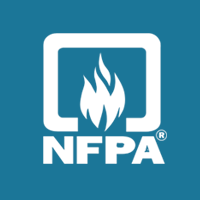
National Fire Protection Association (NFPA)
The NFPA is a global nonprofit organization that is devoted to eliminating death, injury, property and economic loss due to fire, electrical and related hazard. They do so by educating the public about fire safety, acting as advocates, supporting research and training individuals on codes and standards.
National Fire Protection Association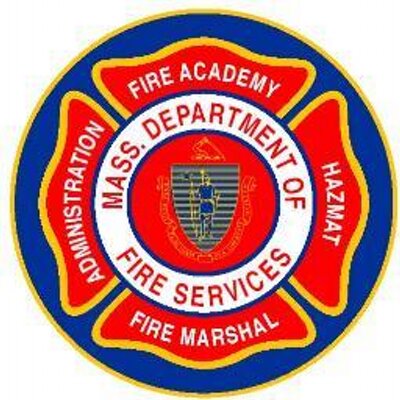
Department of Fire Services Public Education
The Fire Data and Public Fire Education Unit manages all education programs and provides free technical assistance to local fire departments, health educators, medical and public health professionals, classroom teachers, elder service providers, community and service organizations and others interested in safety education. For further information please call the Public Education Department at (978) 567-3388.
Mass Department of Fire Services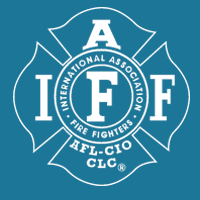
International Association of Firefighters (IAFF)
The IAFF works to better fire safety, prevention and education. It represents more than 303,000 full-time professional fire fighters and paramedics and is one of the most active lobbying organizations in Washington, DC.
International Association of FirefightersDisability and Human Resources
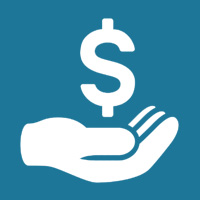
Work Related Benefits
Short Term Disability – Check with your employer’s human resources department to see if you have any short term disability benefits. This may cover part of your salary for a few months, depending on the benefit. Some employers have a benefits sharing program in which your fellow employees contribute a day of their paid time off into a pool to help those who cannot work due to an illness or disability. It is worth asking about any and all options.
Long Term Disability – Check with your employer’s human resources department to see if you have any long term disability insurance. This may cover part of your salary after a few months up to a few years, depending on your company’s specific plan.
Social Security Programs
There are three benefits programs managed by social security. They are SSDI, SSI, and Social Security Retirement Benefits. To see if you might benefit from any of the social security programs, you can visit this website and use this confidential screening tool. Benefit Finder | Benefits.gov
SSDI – Social Security Disability Insurance
People who have contributed to social security through past work can apply for this disability payment which starts no earlier than 5 months after they became disabled and continues for as long as they are disabled. Apply on line at www.ssa.gov/applyfordisability/ or over the phone at 1-800-772-1213. After two years of receiving SSDI, you will become eligible for Medicare health insurance. After you start receiving SSDI, you can return to work part time and still collect SSDI with some restrictions. http://www.socialsecurity.gov/pubs/EN-05-10095.pdf
SSI – Supplemental Security Income
SSI makes monthly payments to disabled adults and children who have limited income and resources. Some people receive both SSDI and SSI. To apply for SSI benefits, you can fill out the online disability report at https://secure.ssa.gov/apps6z/radr/radr-fe to get the process started and schedule an appointment with a Social Security representative to complete the process at 1-800-772-1213 from 7 a.m. to 7 p.m. Monday through Friday. If you do not wish to fill out the disability report online, you can schedule an appointment at your local social security office by calling 1-800-772-1213.
State Assistance
Emergency Assistance for Elderly, Disabled, and Children
Emergency Aid to Elders, Disabled and Children (EAEDC) is a Massachusetts state-funded program that provides cash and medical assistance to needy families and individuals who are not receiving TAFDC, SSI, or other similar benefits. You can go to your local Department of Transitional Assistance to apply in person. Check EAEDC eligibility and how to apply | Mass.gov
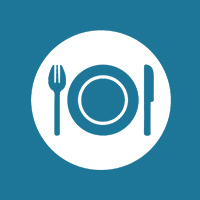
The Food and Nutrition Service agency under the US Department of Agriculture administers assistance programs to increase access to healthy food as well as promote healthy eating. Such programs include SNAP (Supplemental Nutrition Assistance Program) and WIC (Special Supplemental Nutrition Program for Women, Infants, and Children). Other resources include the National Hunger Hotline which provides free, live support to find food near where you live.
SNAP
- Previously called the Food Stamp Program
- For individuals and families with low income
- Eligibility depends on income, expenses, and family size
- Website: Supplemental Nutrition Assistance Program (SNAP) | Food and Nutrition Service (usda.gov)
WIC
- For mothers with low income, recently had a child, are pregnant, are breastfeeding, or have children under the age of 5
- Website: https://www.fns.usda.gov/wic/women-infants-and-children-wic
National Hunger Hotline
- Provides free, live support to find food where you live
- 1-866-3-HUNGRY(English) or 1-877-8-HAMBRE(Spanish)
- Monday-Friday: 8am-8pm EST
- Website: https://www.hungerfreeamerica.org/about/our-work/usda-national-hunger-hotline
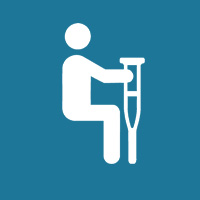
Crime victim compensation assists victims and their families for many out of pocket expenses in the aftermath of crime impact. This government program reimburses victims of violent crimes including, assault, homicide, and rape. Each state also has its own state specific crime victim compensation with varying benefits. Such benefits may range from covering the costs of financial counseling, travel for medical treatment, relocation expenses, funeral expenses, etc.
- National Website: https://victimsofcrime.org/help-for-crime-victims/get-help-bulletins-for-crime-victims/crime-victim-compensation
- National Help Line: 1-855-4VICTIM
- MA Victims Rights and Resources Website: AskMOVA | Mass.gov
- Search based on location, crime that has impacted you, and need you are looking for.
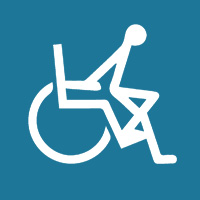
State vocational rehabilitation agencies overseen by the Rehabilitation Services Administration (RSA) provide comprehensive rehabilitation services that help individuals with disabilities find and maintain employment. Services may include identifying jobs suitable for the individual, educating the employer about the American with Disabilities Act, job counseling services, identifying necessary work accommodations, etc. These services aim to help individuals with disabilities reintegrate into the workforce.
- Rehabilitation Services Administration: https://www2.ed.gov/about/offices/list/osers/rsa/index.html
- MA Vocational Rehabilitation Services: http://www.mass.gov/eohhs/consumer/disability-services/vocational-rehab/
- Vocational Rehabilitation by State: https://www2.ed.gov/about/contacts/state/index.html
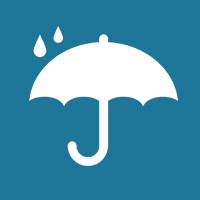
Medical insurance assistance programs, Medicare and Medicaid, provide coverage and benefits for those who may be otherwise unable to afford care. Medicaid, with CHIP (Children’s Health Insurance Program) is jointly funded by the federal government and states and provides coverage to low income individuals, children, pregnant women, the elderly, and those with disabilities. Medicare, on the other hand, is a federally funded program that covers those who are over age 65, younger individuals with disabilities, and those with end stage renal disease.
- Medicare: http://www.medicare.gov
- Medicaid: http://www.medicaid.gov
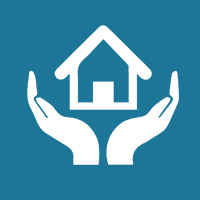
Independent living centers are agencies run within local communities that offer a variety of living services for those with disabilities. These centers are run by those with disabilities and provide an alternative to institution living, allowing those with disabilities to gain independence prior to full reintegration back into society. In addition to promoting autonomy, independent living centers also operate as centers for advocacy, support, and empowerment for those with disabilities.
- Independent Living Research Utilization: http://www.ilru.org/projects/cil-net/cil-center-and-association-directory